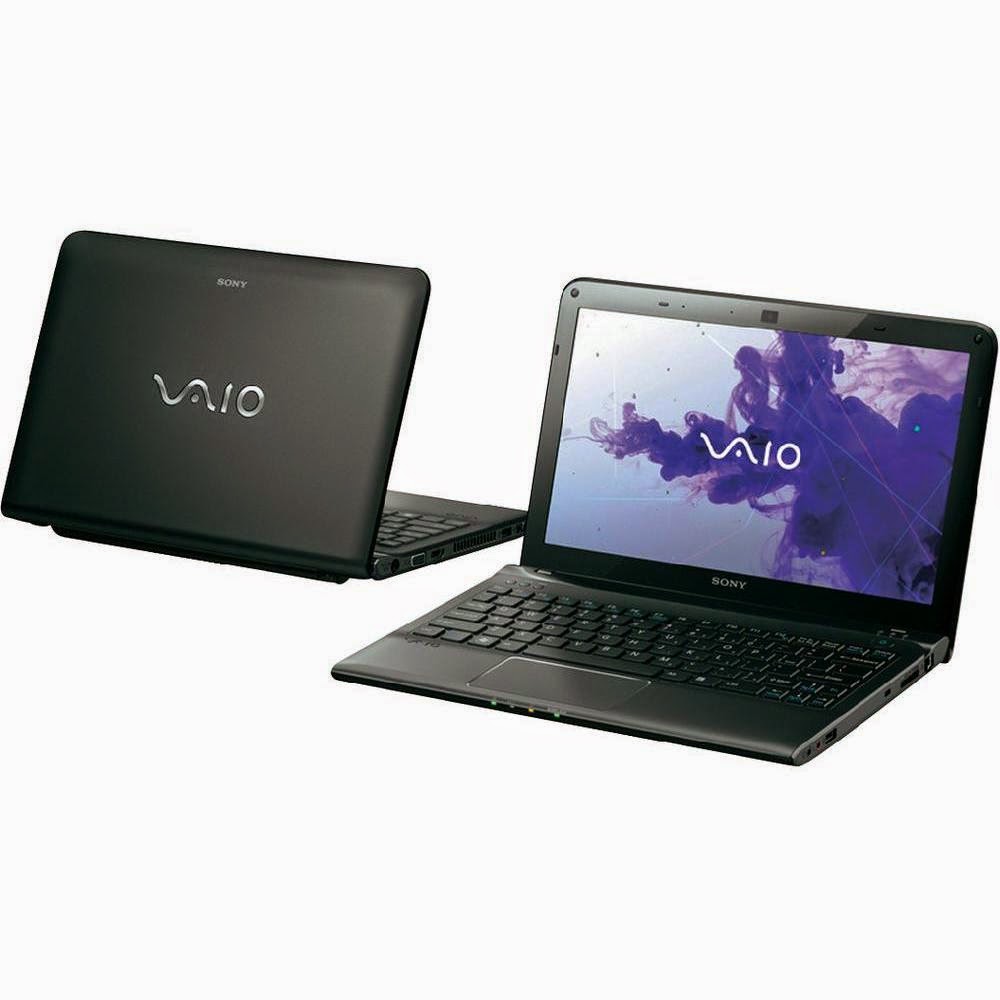

- #Amd 3.0 usb host controller driver windows 10 lenovo install#
- #Amd 3.0 usb host controller driver windows 10 lenovo zip file#
- #Amd 3.0 usb host controller driver windows 10 lenovo serial#
- #Amd 3.0 usb host controller driver windows 10 lenovo drivers#
- #Amd 3.0 usb host controller driver windows 10 lenovo upgrade#
The USB xHCI Compliant Host Controller shows a yellow alert triangle in the Device Manager.

Try it out and let me know in the comments below. Our two 3.0 USB ports suddenly quit working (worked fine yesterday). Now, you have successfully installed the USB 3.0 on your Windows 7 computer system.
#Amd 3.0 usb host controller driver windows 10 lenovo drivers#

#Amd 3.0 usb host controller driver windows 10 lenovo upgrade#
#Amd 3.0 usb host controller driver windows 10 lenovo serial#
#Amd 3.0 usb host controller driver windows 10 lenovo install#
#Amd 3.0 usb host controller driver windows 10 lenovo zip file#
The setup files for the USB driver may download within a zip file or directly as a dot exe file. The driver for the usb 3.0 extensible host controller driver was updated to version 1.1566 on.Next, click on Browse My Computer for Drivers. Select the device for which you want to upgrade the USB driver to the 3.0 version. Click on the arrow beside Universal Serial Bus Controllers to expand it. Check that the USB 3.0 driver is compatible with 32-bit, 64-bit, or both type of processors Navigate to Universal Serial Bus Controllers.The drivers are supplied as part of Windows setup now, the same with the Nvidia ones for cards with the USB C port (although the controller may be on the card still without the physical. The process will be almost similar for any computer or laptop that you use. According to Intels support site the USB 3.0 eXtensible Host Controller drivers were discontinued as from January 1st 2019. 4903.rar Newer drivers in the next post, but I found them a bit slower, so I'll leave these here too, just in case.As I use a Lenovo laptop, I will show you an example of downloading the USB 3.0 driver from the Lenovo official website. "VIA USB 3.0 eXtensible Host Controller - 1.0 (Microsoft)"īy "point that to", I mean device manager, update driver, "browse my computer for driver software" and navigate to where the driver INF file is. It is not modified in any way, just that it has to be installed with Device Manager rather than clicking an EXE. I pulled just the driver out of the 11.3 megabyte VIA 4.90a EXE installer package because it installs extra, useless crap and fails to install the HUB driver anyway (did the same on WIN7 and 10). Driver Date: : Release Notes: Driver Version: 1.1566: PC Matic Notes: Version History. I'm not sure if you have the VL805 (MSI shows VL806 if I looked at the right board version, it uses the same driver, shows up under WIN7圆4 section on MSI's site but Gigabyte shows the same driver for WIN10圆4 too), but I'm attaching that driver if you want to try it on yours. Product: AMD USB 3.0 eXtensible Host Controller - 1.0 (Microsoft) Hardware Class: USB. It always installs the main driver (xhcdrv.inf) then shows a "!" over the VIA HUB and I have to point that to the driver folder as well and then it installs the second part (ViaHub3.inf). Windows 10 uses a default driver that works fine for me, but I have used the VIA driver that gigabyte offers before to see if it improved performance (it did not, but it worked fine) and it showed the same HUB with "!" behavior. This free tool was originally developed by Intel Corporation. The most popular versions among Intel USB eXtensible Host Controller Driver users are 3.0 and 1.0. The software lies within System Utilities, more precisely Device Assistants. 5) For external hard drives go into Device Manager reached by right clicking the Start button, find drive under Disk Drives, right click to Uninstall, restart PC to reinstall. The latest version of the program is supported on PCs running Windows XP/Vista/7/8/10/11, 32-bit. I have a GA-970A-UD3P with a VIA VL805 USB3 controller in it. Go to Settings > System > Power & Sleep > Additional Power Settings > Choose what Power buttons do to choose Shutdown.


 0 kommentar(er)
0 kommentar(er)
